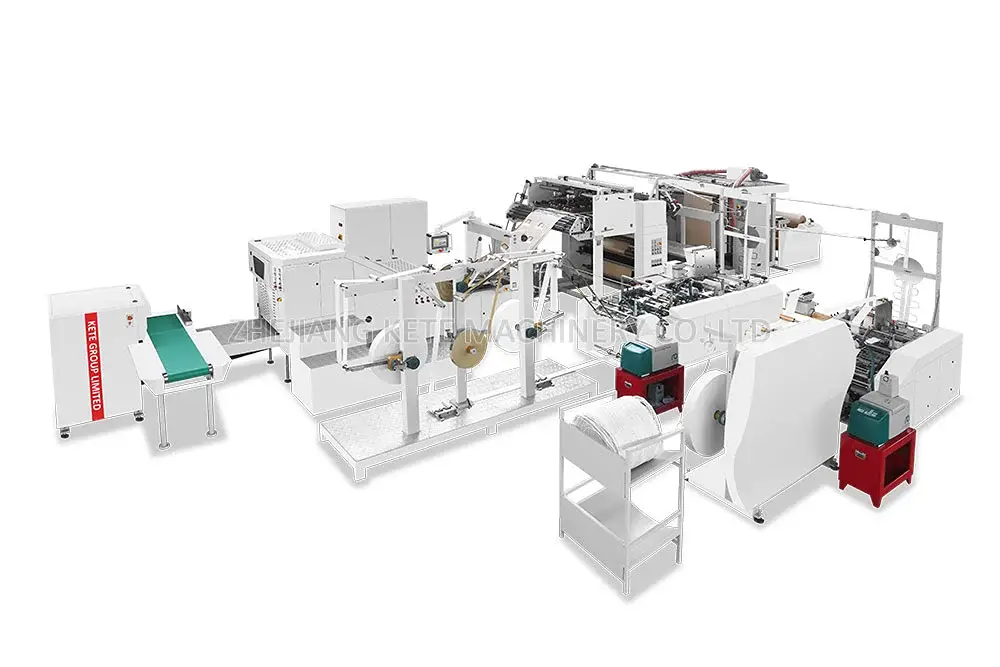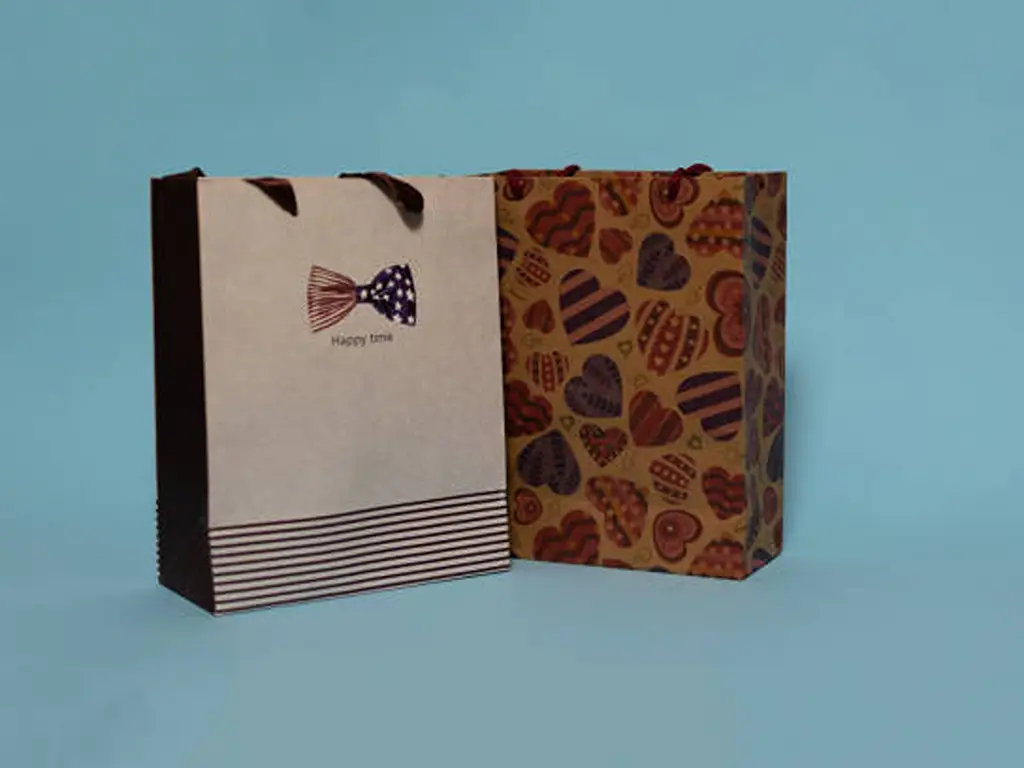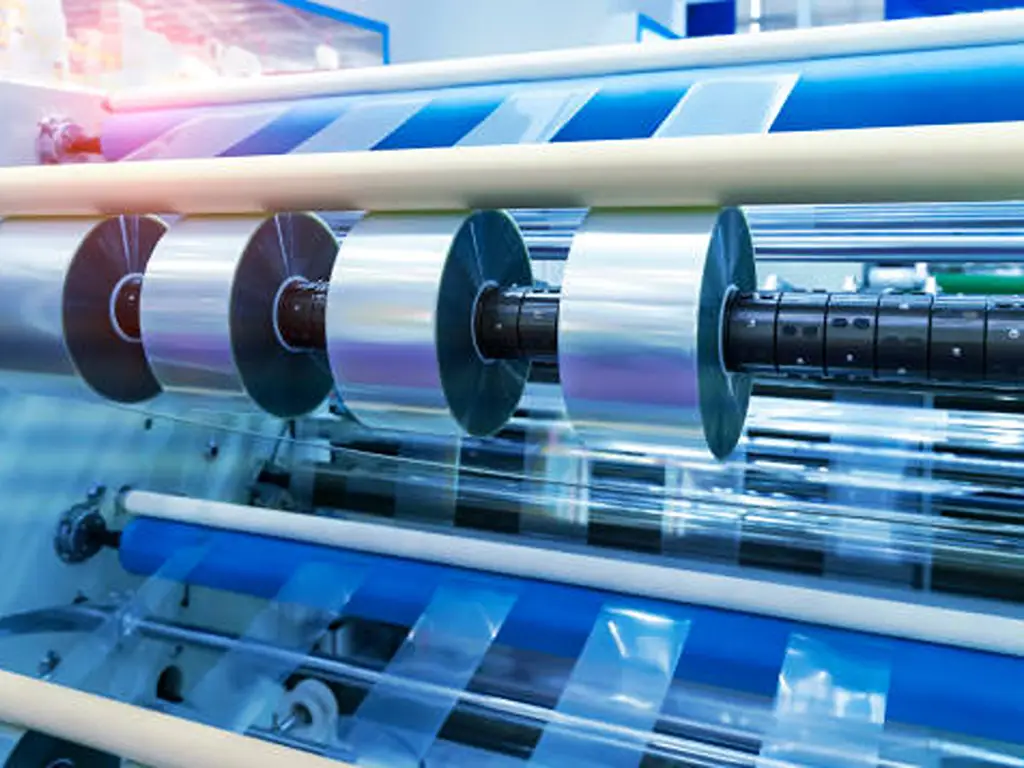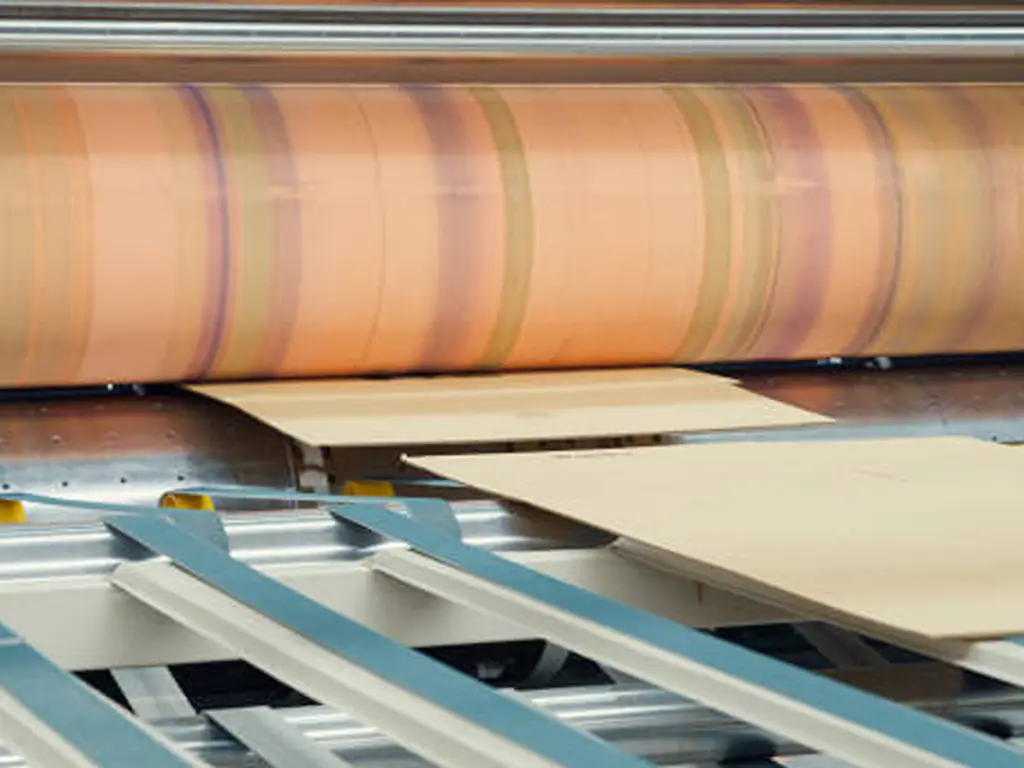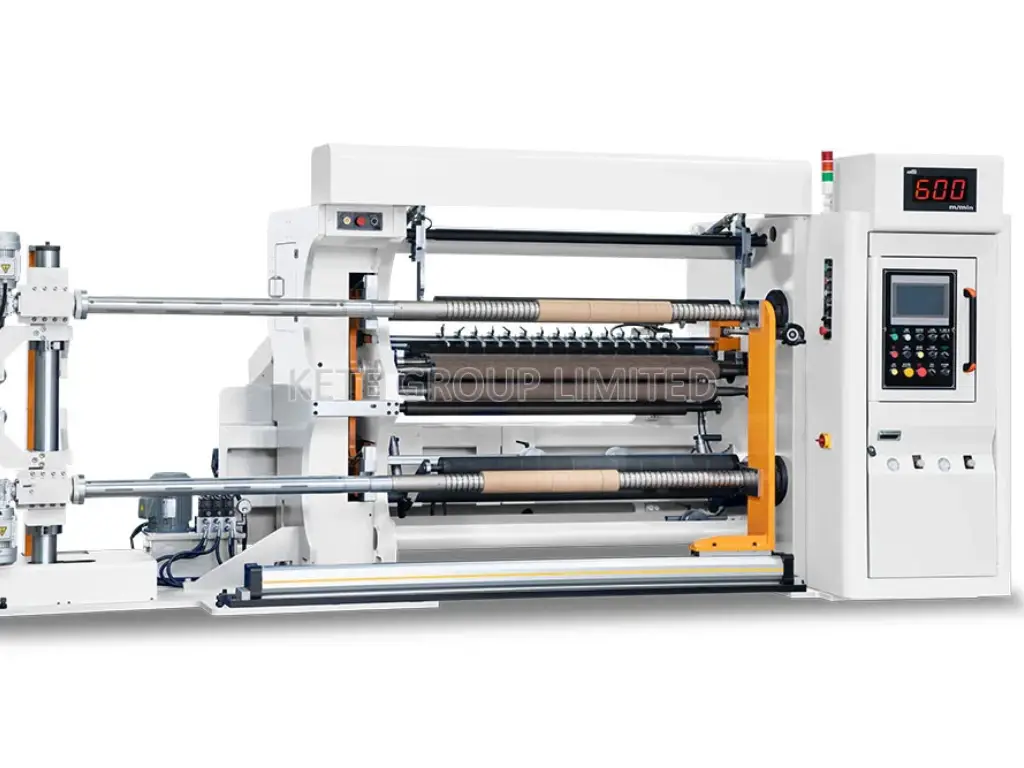
प्लास्टिक बैग का परिचय
The use of plastic bags has become an integral part of our daily lives. From zipping to the grocery store to wrapping up our sandwiches, these different types of plastic bags are the real deal! We’ve got the zippy ones, the big trashy ones, and even the earth-hugging biodegradable plastic bags. Ever wondered how is a plastic bag made? The journey from tiny plastic pellets to a finished bag is a fascinating industrial process, centered around a technology known as Blown Film Extrusion. In this guide, we’ll break down exactly how to make plastic bags.
7 Steps: How to Make Plastic Bags?
क्या आपने कभी सोचा है कि एक साधारण प्लास्टिक बैग कैसे बनता है? प्लास्टिक बैग बनाने की प्रक्रिया में कई जटिल चरण शामिल होते हैं, जिनमें से प्रत्येक बैग के अंतिम रूप में योगदान देता है। आइए प्लास्टिक उत्पादन प्रक्रिया पर करीब से नज़र डालें।
| कदम | विवरण |
| कच्चा Material Transformation | Raw polymers (derived from natural gas or petroleum) are transformed into plastic resin pellets through heating and pressure in machines like pelletizers. |
| Extrusion Process | The resin pellets are fed into an extruder, melted, and forced through a circular die to form a continuous plastic film tube. |
| Blown Film | The film tube is inflated with air, like a balloon, to stretch it to the desired thickness. |
| Cooling and Setting | The plastic film is rapidly cooled using air or water cooling systems to solidify it and ensure uniform thickness. |
| Coloring and Additive Mixing | Dyes and additives (e.g., UV stabilizers, tear resistance agents) are mixed into the molten plastic to give the film color and enhance its properties. |
| काटना और सील करना | The plastic film is cut into specific lengths, and the bottom is heat-sealed to form the bag’s base. |
| Printing (Optional) | Flexographic printing is used to apply logos, text, or designs onto the bags. |
| Quality Control and Testing | The bags undergo rigorous tests for thickness, strength, UV resistance, and other properties to ensure they meet quality standards. |
| पैकेजिंग और वितरण | The finished plastic bags are counted, stacked, packaged, and prepared for shipping to retailers or consumers. |
पॉलिमर से लेकर रेजिन पेलेट्स तक: परिवर्तन
Polymers are the raw materials, often coming from natural gas or crude oil, that are the starting point for your plastic bag. Before they become the bags that carry your groceries or your lunch, they must first undergo a significant transformation. These polymers are turned into what we call plastic resin pellets. Think of these plastic pellets as the fundamental building blocks; they are the basic units that will be used to create a durable and functional plastic bag..
Now, how does this metamorphosis happen? The process involves a series of controlled stages. First, the raw polymers are subjected to carefully controlled heat and pressure in specialized machines like pelletizers. The quality of these initial pellets directly impacts the final product, which is why the entire manufacturing line, from the extruder onwards, must be robust. This breaks down their complicated chains into simpler, more manageable forms. This process yields small, cylindrical pellets. These pellets are the go-to material for the next steps because they’re consistent and easy to work with.
These aren’t just any old pellets. They are precisely formulated with additives like colorants or UV stabilizers. So, when you see a plastic bag that’s a particular color or extra tough, it’s all thanks to the special recipe of these resin pellets.
In short, this initial stage of turning polymers into resin pellets is critical for the steps that follow. It sets the mood and prepares the stage for the main event. You can’t just skip it and expect a great show.
The Extrusion Process: Crafting the Plastic Film from Extruder
The film extrusion process is where the crucial transformation begins. The resin pellets are loaded into an extruder, a machine that’s about to give our plastic bag its shape.
This is the heart of the manufacturing line. In the industry, this entire stage is called the Blown Film Extrusion process. The molten plastic is forced through a circular die, which shapes it into a continuous tube of thin plastic film. As the tube exits the die, it is pulled upwards and inflated with air, like a long balloon. This stretching is what creates the thin, strong film.
जैसे ही प्लास्टिक एक्सट्रूडर से बाहर निकलता है, उसे ठंडी हवा या पानी का उपयोग करके तेजी से ठंडा किया जाता है। यह अचानक ठंडा होने से प्लास्टिक ठोस हो जाता है, और एक फिल्म में बदल जाता है। इस फिल्म की मोटाई को अंतिम बैग के वांछित गुणों के आधार पर समायोजित किया जा सकता है। ईंटों को ले जाने के लिए एक भारी-भरकम बैग की आवश्यकता है? आपको एक मोटी फिल्म चाहिए होगी। सैंडविच ले जाने के लिए एक हल्के बैग की तलाश है? एक पतली फिल्म काम करेगी।
लेकिन यहाँ एक मजेदार तथ्य है: प्लास्टिक की फिल्म एक्सट्रूडर से बाहर आने पर सपाट नहीं होती। यह वास्तव में ट्यूबलर होती है। अगर आपने कभी गौर किया हो कि ज़्यादातर प्लास्टिक शॉपिंग बैग किनारों पर सीमलेस होते हैं, तो इसका कारण यह है। वे प्लास्टिक की एक सतत ट्यूब से काटे जाते हैं, जिससे मज़बूती और स्थायित्व सुनिश्चित होता है।
एक्सट्रूज़न प्रक्रिया आधुनिक विनिर्माण के चमत्कारों का एक प्रमाण है। यह विज्ञान, इंजीनियरिंग और कलात्मकता का मिश्रण है, जो सुनिश्चित करता है कि प्लास्टिक फिल्म अपने इच्छित उद्देश्य के लिए बिल्कुल सही है।
रंग भरना और योजक पदार्थ मिलाना
एक बार जब हमारे पास प्लास्टिक की फिल्म आ जाती है, तो उसे कुछ व्यक्तित्व देने का समय आ जाता है। जबकि पॉलीइथिलीन का प्राकृतिक रंग कुछ हद तक पारदर्शी होता है, प्लास्टिक की थैलियाँ अपारदर्शी से लेकर पारदर्शी तक कई रंगों में आती हैं। यह कैसे किया जाता है? रंगों और योजकों की दुनिया में प्रवेश करें।
पिघले हुए प्लास्टिक को बाहर निकालने से पहले उसमें रंग मिलाए जाते हैं, जिससे पूरी फिल्म में एक समान रंग बना रहता है। चाहे आप चटक लाल रंग चाहते हों या हल्का नीला, यह सब रंगों के सही मिश्रण पर निर्भर करता है।
But color isn’t the only thing added to our bags. Additives play a crucial role in enhancing the final plastic bag properties. Need a bag that can withstand sunlight without degrading? UV stabilizers are added. Want a bag that’s more flexible or resistant to tears? There are additives for that too. This allows the bag’s final properties to be tailored for its intended use.
फिल्म को ठंडा करना और सेट करना
एक बार जब प्लास्टिक एक्सट्रूडर से बाहर निकल जाता है, तो यह कुछ हद तक कमज़ोर अवस्था में होता है। यह गर्म, लचीला होता है और अभी अपने अंतिम रूप में नहीं होता है। यहीं पर शीतलन प्रक्रिया काम आती है। शीतलन का मतलब सिर्फ़ तापमान को कम करना नहीं है; इसका मतलब है प्लास्टिक को सही तरीके से सेट करना, अपनी वांछित मोटाई और मज़बूती को बनाए रखना।
Air-cooling systems blow cold air onto the film, solidifying it rapidly. In some cases, water cooling systems are used, where the film is passed over chilled rollers. This rapid cooling is crucial. If the film cools too slowly, it can become uneven or develop imperfections. Think of it like chocolate; if it doesn’t cool uniformly, it can become grainy or discolored. The efficiency of the cooling ring is a major factor in production speed. A well-designed air ring, for example, provides a uniform airflow that cools the bubble evenly, preventing weak spots and allowing the machine to run faster without sacrificing quality.
इस चरण के दौरान, रोलर्स भी एक महत्वपूर्ण भूमिका निभाते हैं। वे सुनिश्चित करते हैं कि फिल्म समान रूप से फैली हुई है, जिससे किसी भी तरह की झुर्रियाँ या तहें नहीं पड़ती हैं। यह तापमान और तनाव का एक नाजुक संतुलन है, जो सुनिश्चित करता है कि फिल्म बिल्कुल सही है।
काटना और सील करना
With our film set and ready, it’s time to transform it into recognizable bags. But how do we go from a continuous roll of plastic film to individual bags? The answer lies in precision cutting and sealing. Before the bags are cut, the rolls of plastic film are often sent to a printing press. Here, logos, text, and graphics are printed onto the film using a process called flexography, which is fast and efficient for large-scale production.
फिल्म को मशीनों में डाला जाता है जो इसे नियमित अंतराल पर काटती हैं, जिससे बैग की लंबाई निर्धारित होती है। लेकिन बैग सिर्फ़ लंबाई के बारे में नहीं होता; इसके लिए एक आधार की ज़रूरत होती है। यहीं पर सीलिंग की भूमिका आती है। प्रत्येक कटे हुए हिस्से के निचले हिस्से को गर्मी का उपयोग करके सील किया जाता है। यह गर्मी प्लास्टिक को आपस में जोड़ती है, जिससे एक मज़बूत बंधन बनता है जो बैग का आधार बनता है। यह सील मज़बूत होना ज़रूरी है; यही वह चीज़ है जो बैग को उसकी वहन क्षमता देती है।
ऊपरी हिस्सा खुला रहता है, इस्तेमाल के लिए तैयार रहता है। कुछ मामलों में, हैंडल या ज़िपर जैसी अतिरिक्त सुविधाएँ जोड़ी जाती हैं, जिससे बैग की कार्यक्षमता और बढ़ जाती है।
गुणवत्ता नियंत्रण: मोटाई, मजबूती और अन्य वांछित गुणों के लिए परीक्षण
प्लास्टिक बैग उत्पादन की दुनिया में गुणवत्ता नियंत्रण एक गुमनाम नायक है। आखिरकार, कोई भी ऐसा बैग नहीं चाहता जो थोड़े से दबाव में फट जाए। तो, प्लास्टिक बैग की गुणवत्ता को कैसे स्थिर रखा जाए? कठोर परीक्षण के माध्यम से।
बैग के प्रत्येक बैच को कई परीक्षणों से गुजरना पड़ता है। एकरूपता सुनिश्चित करने के लिए बैग की मोटाई मापी जाती है। आखिरकार, जो बैग बहुत पतला है वह टिक नहीं सकता, जबकि जो बहुत मोटा है वह बेकार हो सकता है।
ताकत परीक्षण भी सर्वोपरि हैं। बैग को उनकी सीमा तक भरा और फैलाया जाता है, यह सुनिश्चित करने के लिए कि वे निर्माताओं द्वारा निर्धारित मानकों को पूरा करते हैं। अन्य परीक्षणों में यूवी प्रकाश के संपर्क में आना (सूर्य की क्षति के प्रतिरोध की जांच करने के लिए) या नमी परीक्षण (पानी को पीछे हटाने की बैग की क्षमता को सत्यापित करने के लिए) शामिल हो सकते हैं।
वितरण के लिए पैकेजिंग
एक बार जब बैग अपने परीक्षण में सफल हो जाते हैं, तो वे दुनिया भर में भेजे जाने के लिए तैयार हो जाते हैं। लेकिन सबसे पहले, उन्हें पैक किया जाना चाहिए। मशीनें बैगों की गिनती करती हैं और उन्हें ढेर करके वितरण के लिए तैयार करती हैं। फिर उन्हें बॉक्स में पैक किया जाता है, खुदरा विक्रेताओं या सीधे उपभोक्ताओं को भेजने के लिए तैयार किया जाता है।
प्रयुक्त पॉलिमर के प्रकार: प्लास्टिक बैग किससे बने होते हैं?
क्या आपने कभी सोचा है कि आपके हाथ में जो प्लास्टिक बैग है, वह असल में किस चीज से बना है? खैर, आप अकेले नहीं हैं। इन बैगों में इस्तेमाल किए जाने वाले पॉलिमर के प्रकार सिर्फ़ कहने भर से ज़्यादा हैं; वे प्लास्टिक बैग के कई उपयोगों की रीढ़ हैं।
polyethylene
Let’s start with the big one: polyethylene. It’s the most common material you’ll find in plastic bags. Originating from natural gas and petroleum, polyethylene goes through a whole manufacturing process to become the bags we use daily. There are different types, like low density polyethylene (LDPE), high-density polyethylene (HDPE), linear low-density polyethylene(LLDPE).
LDPE is what you’ll find in those softer, more flexible, and typically more transparent bags—think produce bags at the grocery store.
HDPE is sturdier, more opaque or translucent, and is what you’re holding when you’ve got a bag full of canned goods.
Linear low-density polyethylene (LLDPE) is tougher and has a higher tensile strength than LDPE. It’s often used in stretch films, toys, and some flexible containers.
polypropylene
फिर पॉलीप्रोपाइलीन है, जो प्लास्टिक बैग की दुनिया में दूसरा सबसे बड़ा हिटर है। इसका गलनांक अधिक होता है, इसलिए यह किसी भी ऐसी चीज के लिए सबसे अच्छा है जिसे कुछ गर्मी सहन करने की आवश्यकता होती है। आपको अक्सर पॉलीप्रोपाइलीन को दोबारा इस्तेमाल किए जाने वाले शॉपिंग बैग में मिल जाएगा। साथ ही, यह हाइड्रोफोबिक है, जिसका अर्थ है कि यह पानी को पीछे हटाने में उत्कृष्ट है।
A Note on Additives and Colorants
It’s important to know that these base polymers are often just the starting point. To achieve specific properties, manufacturers mix in various additives. For instance, color masterbatch (a concentrated pigment) is added to create bags of any color, UV stabilizers are included to prevent the plastic from degrading in sunlight, and anti-static agents can be used to stop bags from clinging together. These additions are what give a plastic bag its final look, feel, and specific function.
So, whether it’s polyethylene or polypropylene, and with a little help from additives, each bag has its own set of perks that make it the right fit for different jobs.
प्लास्टिक बैग के अपार लाभ
There’s a whole bunch of reasons we can’t live without plastic bags. But let’s just chat about the highlights and key plastic bag properties that make them an important part of our everyday life.
| लाइटवेट | प्लास्टिक बैग का सबसे महत्वपूर्ण लाभ उनका हल्का होना है। यह विशेषता न केवल इसे ले जाना आसान बनाती है बल्कि परिवहन लागत को भी कम करती है। जब आप उत्पाद शिप कर रहे होते हैं, तो हर औंस मायने रखता है, और प्लास्टिक बैग एक हल्का लेकिन मजबूत समाधान प्रदान करते हैं जिससे काफी लागत बचत हो सकती है। |
| टिकाऊ | दिखने में धोखा देने वाला हो सकता है। अपनी पतली संरचना के बावजूद, प्लास्टिक बैग अविश्वसनीय रूप से टिकाऊ होते हैं। उनके निर्माण की प्रक्रिया में उपयोग किए जाने वाले उच्च घनत्व वाले पॉलीइथिलीन (एचडीपीई) और कम घनत्व वाले पॉलीइथिलीन (एलडीपीई) की बदौलत, ये बैग बिना फटे काफी वजन उठा सकते हैं। यह टिकाऊपन उन्हें किराने की दुकानों और खुदरा दुकानों के लिए एक पसंदीदा विकल्प बनाता है। |
| नमी को सहन करें | प्लास्टिक बैग की एक और उल्लेखनीय विशेषता यह है कि वे नमी को रोकने में सक्षम हैं। बाहर बारिश होने पर भी आपकी किराने की चीज़ें सूखी रहती हैं। यही प्लास्टिक का जादू है। पॉलीप्रोपाइलीन जैसी सामग्री नमी को दूर रखने में विशेष रूप से प्रभावी होती है, जिससे प्लास्टिक बैग खाद्य भंडारण और अन्य नमी-संवेदनशील अनुप्रयोगों के लिए आदर्श बन जाते हैं। |
| बहुमुखी प्रतिभा | प्लास्टिक बैग सभी आकार और साइज़ में आते हैं, जो उन्हें अविश्वसनीय रूप से बहुमुखी बनाता है। चाहे आप कपड़े, किराने का सामान या इलेक्ट्रॉनिक्स खरीद रहे हों, आपकी ज़रूरतों को पूरा करने के लिए डिज़ाइन किया गया एक प्लास्टिक बैग है। विविधता हैंडल, ज़िपर स्टोरेज बैग और यहाँ तक कि सील के प्रकार जैसी सुविधाओं तक फैली हुई है, जो उपभोक्ताओं और व्यवसायों दोनों के लिए कई विकल्प प्रदान करती है। इसके अतिरिक्त, बैग-इन-बॉक्स पैकेजिंग का उपयोग अक्सर बॉक्स वाइन जैसे तरल पदार्थों और अन्य तरल पदार्थों के संस्थागत आकारों के लिए किया जाता है। इस प्रकार की पैकेजिंग तरल पदार्थों को संग्रहीत करने और परिवहन करने का एक सुविधाजनक और कुशल तरीका प्रदान करती है, जिससे एकल-उपयोग वाले प्लास्टिक बैग की आवश्यकता कम हो जाती है। |
ये लाभ प्लास्टिक बैगों की असीम उपयोगिता को दर्शाते हैं, जो उन्हें सिर्फ सुविधा से कहीं अधिक बनाते हैं; वे विचारशील इंजीनियरिंग और डिजाइन का परिणाम हैं।

Sustainability in Production: What Happens to Waste Material?
पर्यावरण के अनुकूल परदे के पीछे की बातें प्लास्टिक बैग बनाते समय, परदे के पीछे कुछ ऐसी हरकतें होती हैं जो अंतिम कट तक नहीं पहुंच पातीं। हम कटे हुए टुकड़ों, “ओह-यह-ठीक-नहीं-है” बैग और बचे हुए सामान के बारे में बात कर रहे हैं जो मशीनों से बाहर नहीं निकल पाए। लेकिन आज की पर्यावरण के प्रति जागरूक दुनिया में, हम उन्हें यूं ही दबा कर नहीं रखते।
Recycling: The Green Comeback A good slice of this backstage waste is ready for an encore. Off-cuts and those bags that didn’t pass the audition can be gathered, can be gathered, melted down, and reprocessed into new bags. This recycling loop is an efficient way to reuse raw materials in plastic production, cutting down the need for fresh polymers. It’s not just eco-friendly; it’s also kind to the manufacturer’s wallet.
Disposal: The Thoughtful Exit But let’s face it, not every piece of waste is ready for a second act. Some, due to mixed materials or other issues, just can’t be recycled and reused. But even these get a dignified exit. Instead of being sent directly to a landfill, they’re often incinerated in a controlled setting, keeping the environment’s best interests at heart. And the cherry on top? Some top-notch facilities turn the energy from this process into electricity. Now that’s a bright idea!
निष्कर्ष
From the initial melting of polymer pellets to the final cut and seal, understanding how a plastic bag is made reveals a process of precision engineering. The process of blown film extrusion, followed by automated conversion, transforms simple raw materials into a durable and versatile everyday item. Now that you’ve seen the intricate steps involved, you have a deeper appreciation for the technology and science behind this ubiquitous product.
KETE के साथ अपने प्लास्टिक बैग उद्यम को गति दें
Understanding how plastic bags are made is the first step. Bringing them to life requires precision machinery engineered for efficiency and quality. The blown film extruders, printing presses, and bag-making machines are all critical components of a successful production line.
If you’re considering entering the plastic bag industry or want to upgrade your current operations, having the right technology partner is key. At KETE, we don’t just supply machines; we provide complete solutions tailored to your production goals. Contact our experts for a technical consultation or to get a quote on a production line that fits your needs.
FAQS
Q: How much of plastic bags are actually recycled?
ए: Although plastic bags are technically recyclable, less than 10% of them are actually recycled. Most end up in landfills, incinerators, or the environment due to contamination, mixed materials, or the lack of specialized recycling facilities.
Q: What are plastic bags actually made of?
ए: Plastic bags are typically made from high-density polyethylene (HDPE) or low-density polyethylene (LDPE), both of which are petroleum-based plastics. These materials are lightweight, durable, and moisture-resistant, making them ideal for packaging and retail use.
Q: Why can’t Ziploc bags be recycled?
ए: Ziploc bags are often made of recyclable polyethylene, but they’re frequently contaminated with food residue, oils, or moisture, which makes them difficult to process through standard curbside recycling programs. Additionally, their zipper seals can include mixed materials. However, some grocery stores offer drop-off bins specifically for clean, dry plastic films, including Ziploc bags.
Q: How many years does it take for plastic bags to decompose naturally?
ए: Plastic bags can take 500 to 1,000 years to break down in the environment. Even then, they don’t fully biodegrade — they fragment into microplastics, which persist in ecosystems and pose long-term threats to wildlife and human health.

